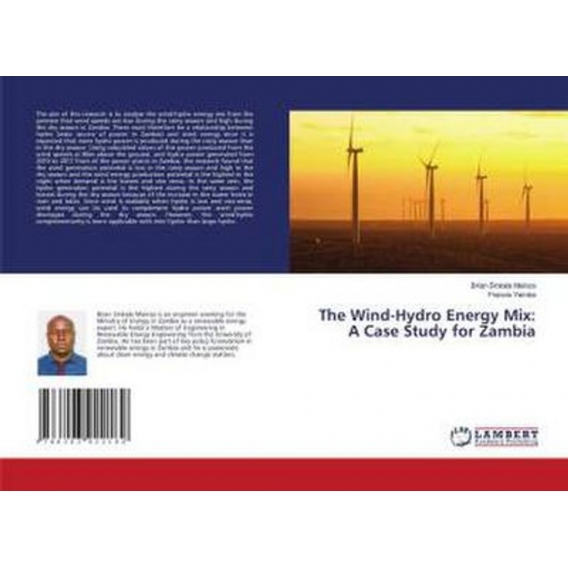The Wind-Hydro Energy Mix: A Case Study for Zambia
The aim of this research is to analyse the wind-hydro energy mix from the premise that wind speeds are low during the rainy season and high during the dry season in Zambia. There must therefore be a relationship between hydro (main source of power in Zambia) and wind energy since it is expected that more hydro power is produced during the rainy season than in the dry season. Using calculated values of the power produced from the wind speeds at 80m above the ground, and hydro power generated from 2010 to 2017 from all the power plants in Zambia, the research found that the wind generation potential is low in the rainy season and high in the dry season and the wind energy production potential is the highest in the night when demand is the lowest and vice versa. In the same vein, the hydro generation potential is the highest during the rainy season and lowest during the dry season because of the increase in the water levels in river and lakes. Since wind is available when hydro is low and vice-versa, wind energy can be used to complement hydro power avert power shortages during the dry season. However, the wind-hydro complementarity is more applicable with mini hydro than large hydro.





